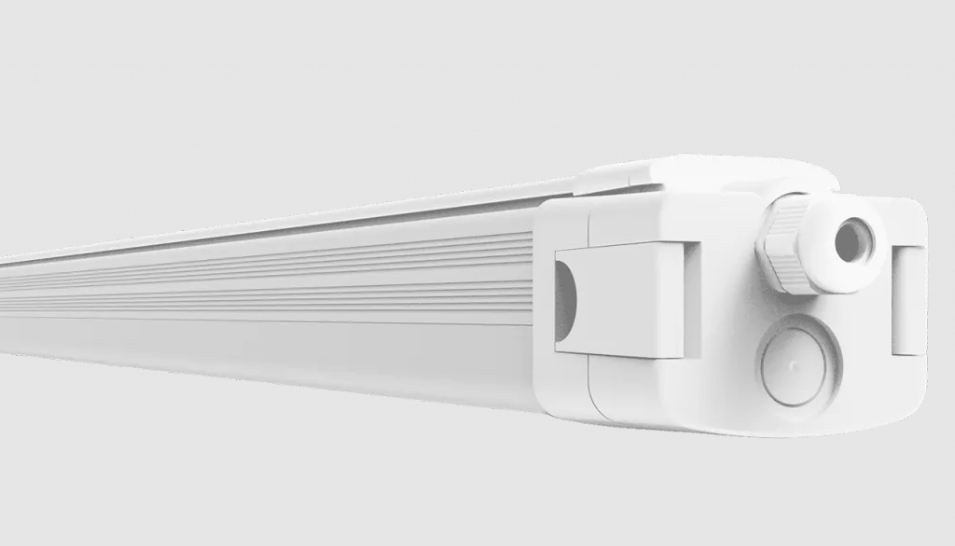Commercial lighting: how to choose the right light
Lighting plays a very important role in the success of a trade. It not only affects the visibility of the products and the comfort of the customers, but also influences the general perception of the brand and the shopping experience. In this article, we'll explore how to light and choose the right lighting for a store, taking into account factors such as functionality, ambience, and energy efficiency.
What are our goals?
Before we start choosing lighting, it is important to understand the specific objectives of our business. What do we want to highlight? Products or specific areas of our store? Are we looking to create a cozy environment or a vibrant atmosphere? We will have to be clear about what our objectives are going to be, since it will help us make the best decision when choosing the right lighting.
Choosing functional lighting
Functional lighting is essential to ensure a comfortable and safe shopping experience. Make sure you have adequate general lighting throughout the retail space to ensure good visibility. This can be achieved by using recessed ceiling luminaires or LED panels that provide uniform lighting without disturbing shadows.
Specific lighting to highlight products
Accent lighting is effective in highlighting specific products or areas of interest. You can use directional spotlights or projectors to direct light onto featured products, creating focal points and attracting customers' attention. It is important to adjust the intensity and angle of the light to achieve the desired effects.
Brand atmosphere and style
Lighting plays an important role in creating the atmosphere and the brand image. You can use soft, warm-toned lights to create a cozy and relaxing atmosphere, or brighter, cooler lights to create a feeling of energy and vitality. Make sure the lighting aligns with the style of the brand and the concept of the store.
Energy efficiency
Energy efficiency is essential both to reduce energy costs and to contribute to caring for the environment. Opt for LED luminaires, which are more efficient and long-lasting than traditional options. Also, consider installing motion sensors and dimmers to adjust lighting based on occupancy and the needs of the business at different times of the day.
Colors and color performance
It is important to consider the color rendering of the lighting. Good color reproduction will ensure that products look accurate and attractive. Check the color rendering index (CRI) of your lights, which should be high for good color rendering.
Maintenance and flexibility:
Consider the ease of maintenance of the selected luminaires. Be sure to choose lights that are easy to maintain and replace in case of failure. Also, look for lighting options that offer flexibility in terms of adjusting the direction and angle of the light to accommodate changes in the layout of the products or display.
